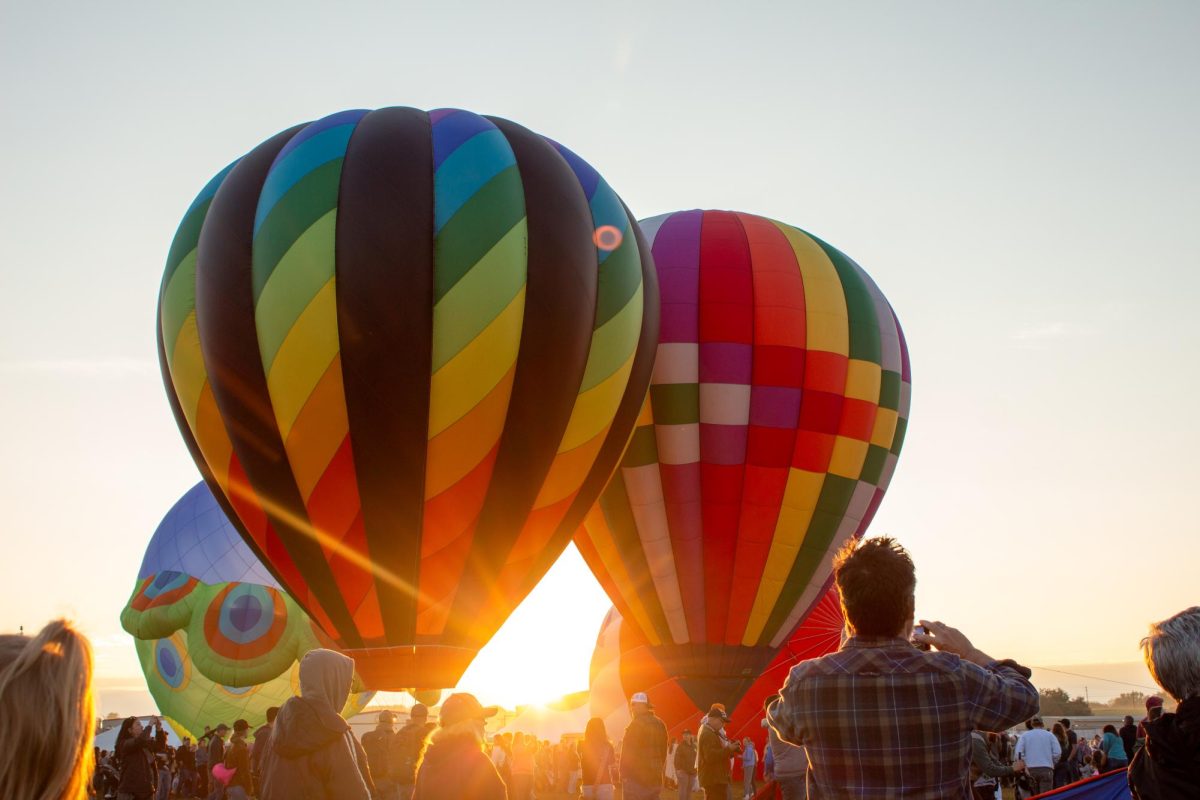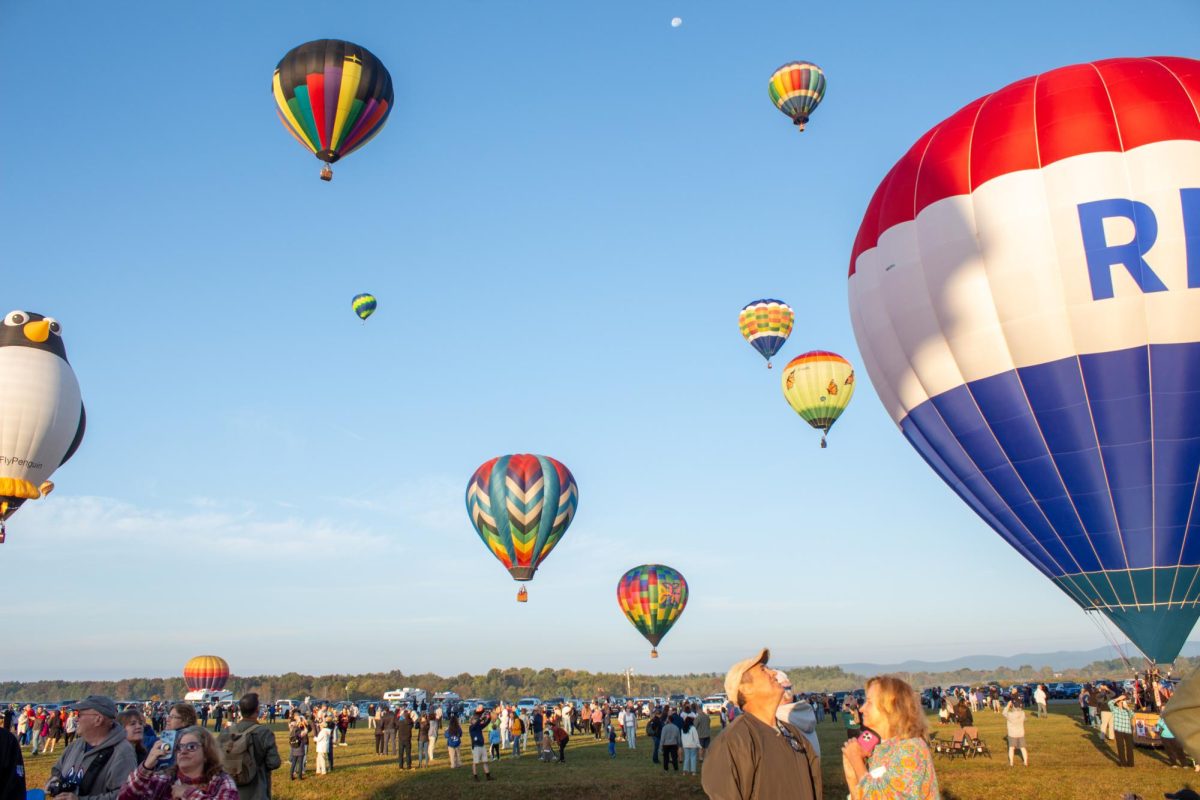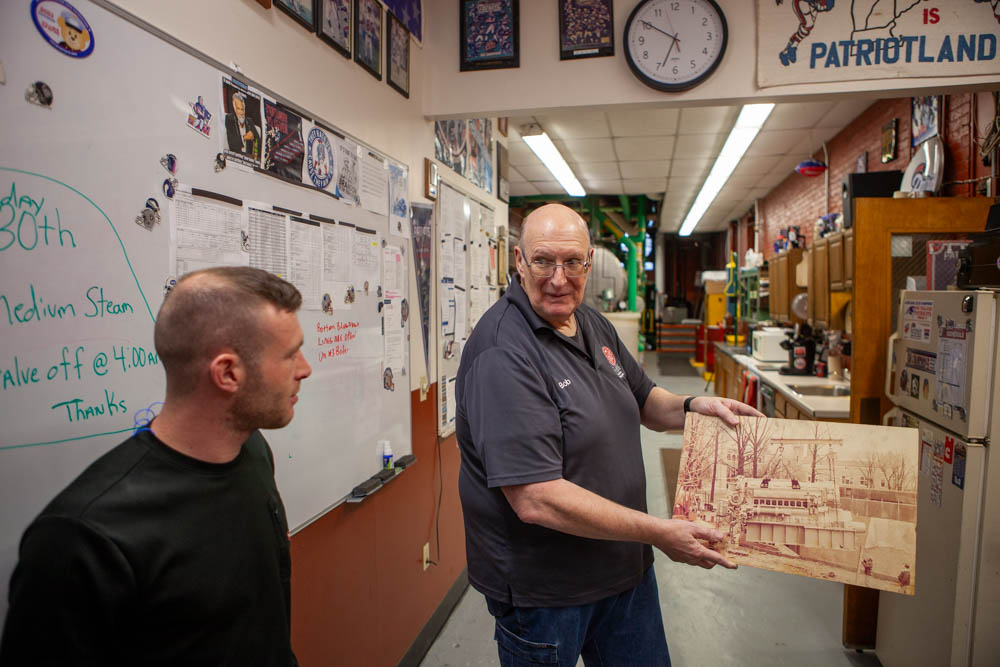History
Walter Grishkot founded the balloon festival in the early 1970s with a mission to extend Warren County’s tourism season beyond Labor Day. At the time, hot-air balloons were rare in the U.S., making the event a unique attraction.
The festival’s early years were hosted at Adirondack Community College, now known as State University of New York (SUNY) Adirondack. However, as the event grew, it needed a larger space. It eventually found its home at the Floyd Bennett Memorial Airport in Queensbury, New York.
What sets this festival apart from others of its size and stature is that it is organized by a not-for-profit organization. Volunteers play a critical role, raising the necessary funds and relying on community support to keep it running.
The festival has become a global event, attracting balloonists from all across the United States and international pilots. Over its four-day span, the festival now draws more than 10,000 visitors, making it a staple and a beloved tradition in Lake George.
The Festival
The festival began Thursday evening at Crandall Park in Glen Falls. At 5 p.m., they held opening ceremonies, with food vendors and kids’ activities. At 5:30 p.m., up to 15 balloons took flight. Following the flights, there was a musical performance by the NY Players and Balloon Moonglow.
As the sun rose Saturday morning, balloons took flight over the Adirondacks. At 5 a.m., food vendors opened for business, serving hot apple cider, hot chocolate, coffee, and ice cream. More small businesses sold merchandise, including balloons, jewelry, and clothing.
Once the pilot and team had set them up, the balloons took flight. Before the festival began, people could contact pilots and ride in specific balloon baskets with them at the festival. Balloons continued to take flight for an hour and a half after the first balloon took flight at 6:30 am.
At the start of the balloon launch, the balloons are laid out carefully on the grass while the crew set up the basket and the flame. Once the basket was prepared, it was placed sideways on the ground, and the deflated balloon was securely attached. A large fan inflated the balloon, gradually filling it with air until it began to take shape. As the balloon fully inflated, it lifted the basket upright, signaling the next stage. Once the pilot was ready, the crew untethers the basket from the ground with a graceful lift, the balloon ascended into the sky, marking the beginning of its flight.
By 8:00 a.m., all the balloons had taken flight. There were 12 special-shaped balloons, including penguins, spider pig, a Tasmanian Devil, a peacock, a dinosaur and a dragon. Most of the special shapes took flight; however, the Tasmanian Devil and dragon did not. There was also an option for a tethered balloon ride, allowing people to go up briefly.
The airport was open to visitors all day with vendors. Many guests brought chairs and blankets to set up for the day’s events. On Saturday, there were several musical performances, and in the evening, there were up to 50 balloon flights.
In the late evening, there was an event called “Lighting Up The Night”—Airport Moonglow. Twenty balloons were set up the same way they were in the morning but were tethered to the ground as it was too dark to fly safely. The balloons lit up the entire airport, and their flames were set off to music. However, this event was anticlimactic as the balloons started deflating later in the evening.
The festival concluded on Sunday, with hot air balloons taking flight and the sun rising again. Gates closed mid-morning.
All photos by Morgan Parisse.



